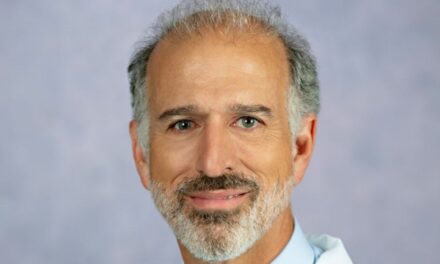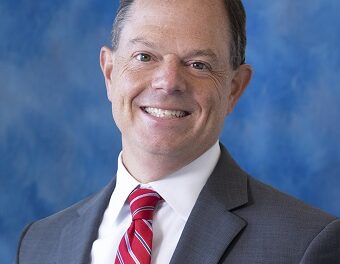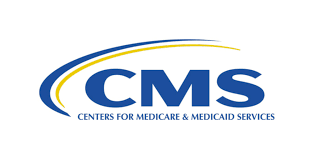Regenerative Medicine Provides Effective Therapeutic Options for Certain Conditions
Boca Raton Regional Hospital is now offering regenerative medicine therapy for orthopedic patients undergoing rehabilitation for conditions of the tendons, bone and peripheral joints — especially osteoarthritis of the knee. The treatment centers around the use of the body’s natural healing process to stimulate healing, diminish pain and restore natural function in the affected area.
According to Joshua Rothenberg, DO, and Director of Regenerative Medicine at the Hospital, the therapies are showing great promise and often enable patients to recover more quickly and obtain better pain relief from their musculoskeletal injury or disability.
“I employ regenerative medicine as part of a comprehensive rehabilitation program that is focused on the strengthening of the musculoskeletal system. While the field is still relatively new, we know that the body has an inherent ability to heal itself from injury…we’re simply using what nature has provided to the patient’s advantage,” he said.
The mainstays of Dr. Rothenberg’s regenerative medicine practice are the use of platelet-rich plasma (PRP) as well as new regenerative cellular treatments, which contain a patient’s own mesenchymal stem cells derived from fat tissue or bone marrow aspirate.
PRP is becoming increasingly recognized as a non-steroidal alternative to improving tissue healing and rehabilitation. Studies have shown its effectiveness in enhancing function and decreasing pain caused by various soft tissue, joint, ligament and tendon conditions. The therapy has generated significant publicity in recent years through its successful use by a number of professional athletes.
“Platelet activation plays a major role in the process of wound and tissue healing,” noted Dr. Rothenberg. “In PRP, we inject highly concentrated platelets derived from the patient’s own blood into the abnormal or injured tissue, which in turn releases growth factors and proteins that recruit and increase the proliferation of reparative cells. This is all done in a same-day, office-based procedure.”
Bone marrow and fat-derived regenerative cellular treatments involve the injection of a cellular “soup” containing mesenchymal stem cells, growth factors and proteins that are believed to be important in the healing cascade for joints and tendons.
Interestingly, they seek the area of injury or damage, release cellular components and signal other cells to the area. Mesenchymal stem cells or “medicinal signaling cells” as they have been coined, are thought to be largely responsible for this cellular recruitment. This ultimately results in the body’s natural healing response.
“Both PRP and regenerative cellular therapies are wonderful adjunct therapies and are useful for a host of musculoskeletal problems,” said Dr. Rothenberg, who is fellowship-trained and double board-certified in Physical Medicine and Rehabilitation and Sports Medicine from the renowned University of Pittsburgh Medical Center. “Having them available with the outstanding orthopedic surgical capabilities of my colleagues, we present a continuum of care for our patients that is the most complete in medicine today.”




























